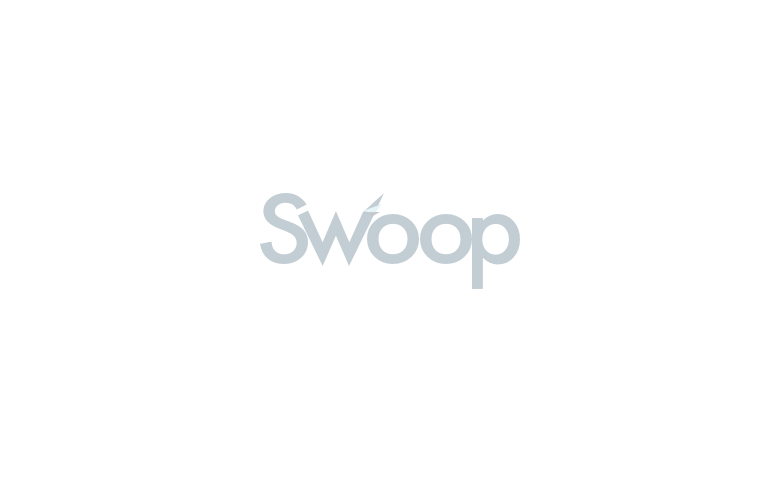A revolving credit facility is a rolling agreement between you, a business, and a lender. Unlike a fixed business loan, you can access funds on an as-needed basis and repay when it’s convenient. You have a credit limit, just as you would with a business credit card or bank overdraft.
A revolving credit facility (line of credit) is a type of working capital finance that enables you to withdraw money when you need it to fund your business, and to repay it whenever you want to.
It’s popular among businesses that need to boost their working capital, so you might use it for short-term financing that you plan to pay off quickly.
A revolving credit line is a bit like a flexible, open-ended loan. You can borrow money, pay it back, borrow some more, and so on, for the agreed duration of the term. In other words, once you’ve repaid whatever you’ve used, you can withdraw more – hence the term ‘revolving’. The lender tells you the maximum amount you can spend (your credit limit) and you then have the freedom to decide how much you borrow and pay back each month.
You can think of revolving credit facilities as a type of loan that can be automatically renewed.
Once you’ve an agreement in place with a lender, you won’t pay anything until you actually start tapping into the line. You can make withdrawals whenever you need additional funding. Similarly, you can make repayments whenever you want to. You might use the facility regularly or you might just dip into one once or twice.
You pay a fixed interest rate, usually daily, only on the amount you’ve drawn down, not the entire credit line. This means your payments will probably be irregular because you’re not borrowing a lump sum of money and being charged interest right away. Your payment terms will specify how quickly you need to make repayments after withdrawing funds.
This is in contrast to a fixed business loan, which gives you access to funds for a specific amount of time (i.e., the term) – and you repay the loan (principal and interest) according to a fixed repayment schedule.
Your credit limit (i.e., the maximum you can withdraw) is usually the equivalent of one month’s revenue for your business. If you make regular, consistent payments on your revolving credit account, your lender might agree to increase your credit limit. In this sense, it’s a dynamic product compared to a non-revolving line of credit.
Lenders typically offer terms between six months and two years, but if you’re a reliable customer, a lender will typically offer a renewal at the end of the term.
With a revolving credit facility, you pay daily interest only on the amount you borrow (draw down) and, after the initial set-up fee, you won’t pay anything until you actually start using the facility. It’s therefore a more flexible option compared to a fixed loan where you’d pay back principal and interest over a fixed term according to an agreed repayment schedule.
Although interest rates for revolving credit facilities are generally higher than those for fixed business loans, a revolving credit facility can work out cheaper in real terms than a fixed loan, because you’re not being lent a lump sum of money and charged interest right away for the duration of the term. If you use a revolving credit facility correctly, for example to cover specific cash flow gaps for a couple of weeks, you’ll only pay interest for those weeks, rather than for the entire duration of the agreement. In other words, you only pay for what you use.
Terms for revolving credit facilities are typically between six months and two years – in other words, short-term borrowing compared to many fixed business loans, though you may have the option to extend.
Compared to some fixed business loans, approval rates for revolving credit facilities are quick (within hours) and you can draw down immediately.
With a revolving credit facility, you don’t have to set up a new agreement each time you make a withdrawal, which is helpful if your business needs to borrow small amounts regularly, rather than a larger amount for a specific project.
If you take out a revolving credit facility, you won’t usually get a payment card. This is one of the main differences between a revolving credit facility and a business credit card. What this means is that if you want to buy, let’s say, stock, you won’t use a credit card – instead, the funds will be transferred into your business bank account. In this sense, a revolving credit facility is more like a cash advance.
Most revolving credit facilities have significantly lower interest rates compared to business credit cards (though some facilities come with a card as part of the deal).
You’ll always have a credit limit with a revolving credit facility or a business credit card, just as you would with a bank overdraft.






 yet? Register here!
yet? Register here!